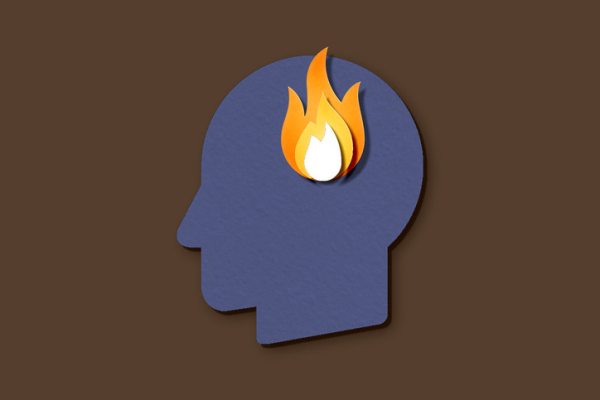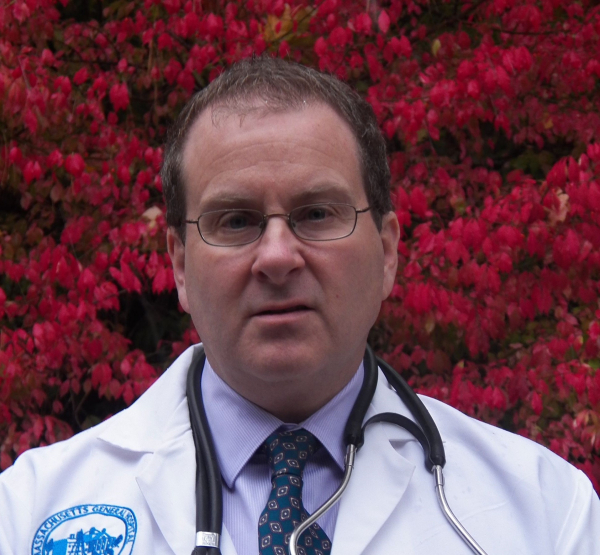
It’s hard to care about anything when you feel exhausted, burned out, or ragged around the edges. Your once-fiery enthusiasm may seem more like charred rubble due to overwhelming family responsibilities, a job that drains you, or financial struggles. Or maybe an illness, the uncertainty and disruptions of the age we live in, or a combination of factors has left you feeling as if you have precious little to give.
“What you’re experiencing is burnout. It’s real and it can lead to depression, anxiety, relationship damage, and an inability to function at home or at work,” says Dr. Marni Chanoff, an integrative psychiatrist with Harvard-affiliated McLean Hospital.
Take heart: With time and effort, you can refill your cup, slowly adding back a bit of the energy and joie de vivre you’ve been missing. Here are three ways to start.
1. Carve out time for yourself
Taking time for yourself isn’t a luxury; it’s essential to self-care. “You need to slow down and give yourself the opportunity to rest and rejuvenate,” Dr. Chanoff says, “Schedule it if you have to, starting with 10 or 15 minutes, a couple of times a day.”
How can you reclaim precious minutes in an overly full schedule? “Look at your day, week, or month, and be discerning about how many things you say ‘yes’ to in one period of time. Give yourself permission to say ‘no thank you’ to things that deplete you or don’t serve you,” Dr. Chanoff says.
Make small moments count: choose what makes you feel at peace. For example, have a cup of tea, or simply lay a blanket or mat on the floor at home or work and lie on your back. Don’t look at your phone or email. “You want to tell your body to take a break. It helps you reset and back away when stress draws you in,” Dr. Chanoff explains.
2. Commit to better health
A strong body helps balance the stressful situations that have caused your burnout. The basic recipe for good health includes:
- Exercise. Moderate intensity exercise, the kind that works the heart and lungs, releases important chemicals that help regulate mood, sleep, and many body systems. Aim for at least 150 minutes of exercise per week, which amounts to about 22 minutes a day. Start with just a few minutes a day if it’s all you can do. It doesn’t have to be fancy. “It can be any movement that brings you joy, like dancing, yoga, or brisk walking,” Dr. Chanoff suggests.
- A good diet. Eating lots of junk food (typically full of sugar, salt, and unhealthy saturated fat) fuels chronic stress, fatigue, depression, and anxiety. Choose more unprocessed foods such as vegetables, fruits, whole grains, legumes, lean proteins (fish or poultry), and unsaturated fats (such as avocados or olive oil). If time is an issue, Chanoff suggests batch-cooking simple, healthy foods you can have several days of the week. (Lentil or bean soup is a good one-pot meal. Throw in as many vegetables as you can.)
- Sleep. Insufficient sleep affects overall health, concentration, and mood. Try to sleep seven to nine hours per night. “It helps to wind down an hour or two before you fall asleep. And practice good sleep hygiene: turn off your phone, keep your room cool and dark, and go to sleep and wake up at the same time each day,” Dr. Chanoff advises.
3. Surround yourself with comfort
Hygge (pronounced HOO-ga) is the Danish concept of cozy comfort that brings happiness and contentment. Folks in Denmark know a thing or two about finding sunshine in cold dark months.
To practice hygge, surround yourself with people, activities, and things that make you feel cozy, loved, happy, or content. Go simple: spend time with your favorite people, add a small vase of flowers to your space, don fuzzy slippers once home, eat a treasured comfort food, or listen to a favorite song.
More ideas to try:
- Light a candle.
- Get under a heated blanket.
- Frame a photo of a happy time.
- Have breakfast in bed.
- Use pretty table linens.
- Indulge in art (check out various works at museums online).
- Stand still outside to listen to the sounds of nature.
- Curl up in a cozy chair.
- Window-shop in your favorite store.
- Wear a soft sweater that feels good on your skin.
- Use a silk or satin pillowcase on your bed pillow.
- Take a warm bath.
- Get an oil diffuser with a scent that reminds you of a place you love, like the beach or a pine forest.
Turn up the effect by savoring cozy comfort. How does it feel, taste, smell, or sound? “Engaging the senses with soothing stimulation can be nourishing. It counteracts ongoing stress that the nervous system endures, and may help to elicit the relaxation response — the opposite of the fight or flight [stress] response,” Dr. Chanoff explains. Breathing deeply will help, too.
Eventually, these bits of hygge, health, and personal time will give you something you probably haven’t allowed yourself in a while, and that’s compassion. Be gentle with yourself. Pamper your soul and replenish your cup, so you can continue being there for the important people and tasks in your life.
About the Author

Heidi Godman, Executive Editor, Harvard Health Letter
Heidi Godman is the executive editor of the Harvard Health Letter. Before coming to the Health Letter, she was an award-winning television news anchor and medical reporter for 25 years. Heidi was named a journalism fellow … See Full Bio View all posts by Heidi Godman



